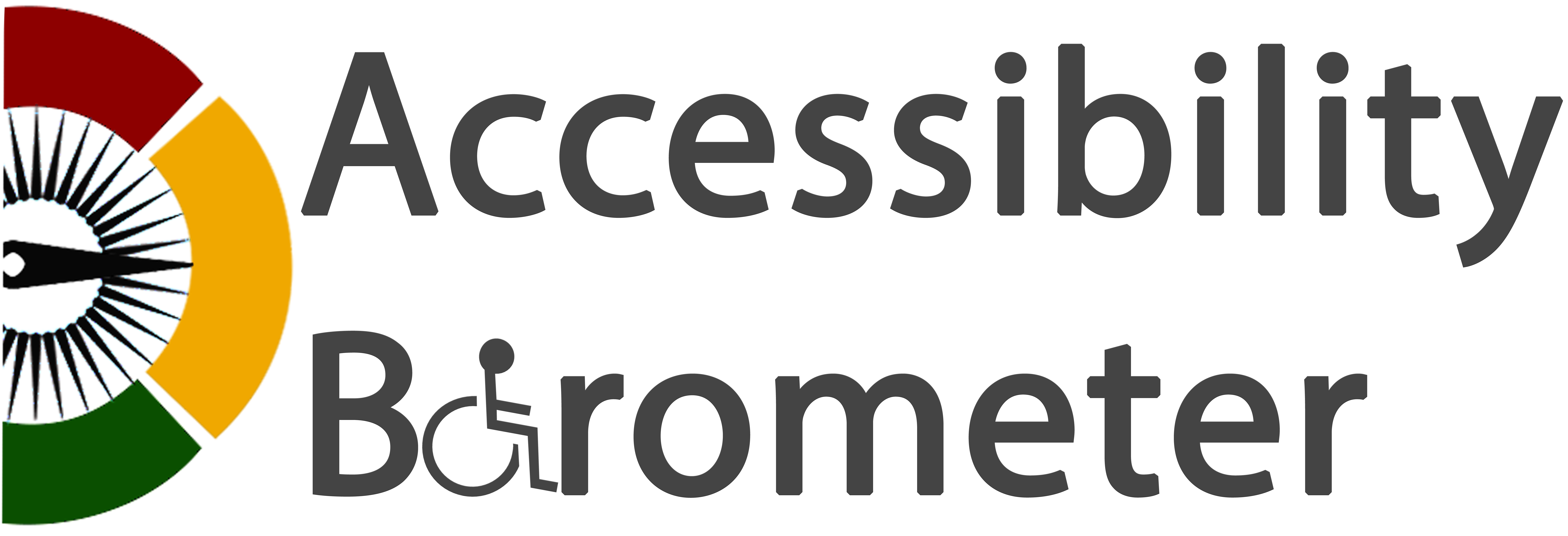Contents
- Categories of Assistive Technologies
- Why Are Assistive Technologies Important?
- Challenges in Accessing Assistive Technology
- Sources
Categories of Assistive Technologies
In general, we can group assistive technologies according to their complexity – low and high-tech – as well as according to the tasks they perform.
- Aids for Mobility and Posture: Include motorized wheelchairs, mobility scooters, exoskeletons.
- Alternative Communication: Software and devices enabling non-verbal communication.
- Environmental Control Systems: Smart home devices facilitating independent living.
- Automotive Adaptations: Orthoses and prostheses for physical adaptations.
- Computational Resources: Tools enhancing digital accessibility.
- Technology for the Visually Impaired: Screen readers, magnifiers.
- Devices for the Deaf and Hard of Hearing: Hearing aids, sign language interpreters[2].
Why Are Assistive Technologies Important?
Assistive technologies play a crucial role in enhancing the lives of individuals with disabilities by:
- Increasing Independence: Enabling users to perform daily tasks without assistance[4].
- Improving Communication: Facilitating better interaction through speech-generating tools or text-to-speech software[4].
- Enhancing Learning Opportunities: Providing access to educational resources through specialized apps or audiobooks[4].
- Promoting Employment Opportunities: Allowing disabled individuals to participate fully in work environments by leveraging assistive tools[4].
- Contributing to overall well-being: Improving functional capabilities across various domains such as cognition, communication, hearing, mobility, self-care, and vision[8][10].
In summary, assistive technologies are vital because they empower people with disabilities to live more independently and inclusively within society.
Challenges in Accessing Assistive Technology
Despite their importance:
- Financial affordability remains a significant barrier.
- Limited knowledge among healthcare professionals about available assistive products is another challenge.
- Complicated application processes also hinder access.
Sourses
- What is Assistive Technology?
- Assistive Technologies: What Are They and Why Should We Care?
- University of Washington: What is Assistive Technology?
- Benefits of Assistive Technology
- WHO: Assistive Technology
- HandTalk Blog: Assistive Technology
- ATIA: What is AT?
- WHO: Assistive Technology – Health Topics
- UK Government: Assistive Technology Definition and Safe Use
- WHO Fact Sheet: Assistive Technology
